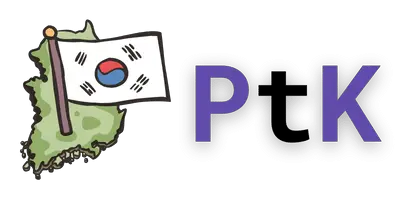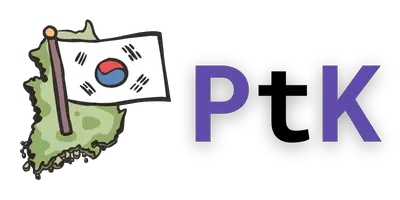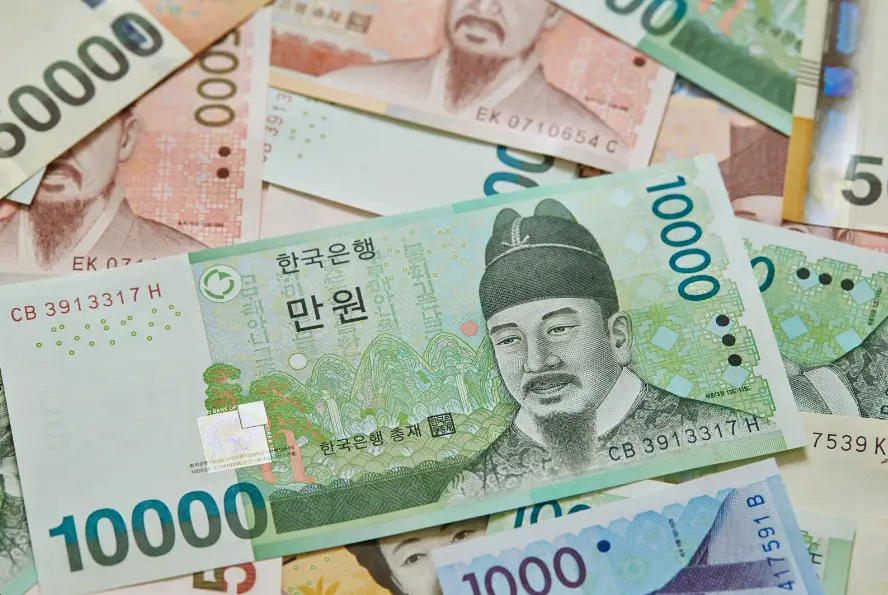For those with a burgeoning interest in Korean culture or an upcoming journey to South Korea, a grasp of the nation’s currency can enrich your experience. In this guide, we’ll navigate the intricacies of Korean money, providing you with a comprehensive understanding. Let’s dive in.
Table of Contents
How to say “money” in Korean
In Korean, the word for money is “돈” (don). Pretty simple, right? Just a single syllable. So, next time you want to ask about the price of that cute bag in a Korean market, just remember “돈”!
Korean Currency
What is the currency in Korea?
Korea’s official currency is the “Won”. If you’re a K-Drama enthusiast, you’ve probably heard the term thrown around in episodes, and not as a measure of success, but as cold hard cash!
What is KRW?
KRW is simply the international currency code for the Korean Won. You’ll see it before a number to indicate prices in Korean Won, like KRW 1,000.
History of the Korean Won
The history of the Korean Won is pretty fascinating. After the end of the Korean War, in 1953, South Korea established its own currency, the won, replacing the Korean yen. Over the years, due to various economic events, the value of the won has fluctuated, but it’s always remained a significant part of South Korea’s identity.
How does Korean Money work?
Korean money functions just like any other currency. But a cool thing to note is the lack of decimal points. So, instead of saying “two and a half dollars”, in Korea, they’d express it as “2,500 won”.
Korean Bills
Let’s dive into the details of the bills:

1,000 won
This is the greenish bill. It features the portrait of Yi Hwang, a prominent Confucian scholar.

5,000 won
This bill is blue and showcases the image of Yi I, another influential scholar. You’ll often get this bill as change in cafes or convenience stores.

10,000 won
The reddish 10,000 won bill has the portrait of King Sejong the Great, who’s credited with creating the Korean alphabet, Hangul.

50,000 won
This peach-colored bill features Shin Saimdang, a renowned poet and artist. It’s the highest denomination you’ll commonly come across in daily transactions.
Korean Coins

10 won
A small bronze-colored coin, it has an image of the Dabotap Pagoda from Bulguksa Temple.

50 won
A copper-nickel coin that depicts an image of a stalk of rice, symbolizing agriculture and reflecting the importance of rice in Korean culture and history.

100 won
This is another copper-nickel coin and it has an image of Admiral Yi Sun-sin, a famous naval commander.

500 won
The biggest coin in size and value, the 500 won coin is made of a combination of copper, zinc, and nickel and displays an image of a crane.
Korea is a unique blend of rich history and cutting-edge technology, and this is very evident in the way people conduct financial transactions. Whether you’re browsing through a traditional market or sipping a latte in a smart cafe in Gangnam, knowing how payments work can be super handy.
1. Cash Transactions
Even with all the tech around, cash is still a widely accepted payment method, especially in local markets or small family-run businesses. If you’re buying something, you might hear the vendor say, “이거 얼마에요?” (Igeo eolmaeyo?), which means “How much is this?”. Once you hand over your cash, expect a polite “감사합니다” (Kamsahamnida), meaning “Thank you”.
2. Credit and Debit Cards
Credit card use in Korea is very common. In fact, the country boasts one of the highest credit card usages per capita in the world. When you’re about to pay with a card, you might be asked, “신용카드 될까요?” (Sinyongkadeu doelkkayo?), which translates to “Will credit card work?”. Almost every establishment, including taxis, accepts cards, making it super convenient for both locals and tourists.
3. Mobile Payments
With smartphones being so prevalent, mobile payments have seen a surge in Korea. Services like KakaoPay and Samsung Pay are popular and allow users to pay by simply tapping their phones. It’s not unusual for a younger vendor at a trendy pop-up shop to ask, “모바일 결제 괜찮아요?” (Mobail gyeolje gwaenchanhayo?), which means “Is mobile payment okay?”.
4. T-Money Cards
If you’re using public transport in Korea, especially in Seoul, you’ll come across T-Money. It’s a rechargeable smart card that can be used not only for buses and subways but also in some taxis and even convenience stores. Refilling is easy – just look for a kiosk or tell the convenience store clerk, “T머니 충전해 주세요” (T-Money chungjeonhae juseyo), which translates to “Please recharge T-Money”.
5. Online Banking and Transfers
Korea’s online banking system is robust and secure. Many people use it for transfers, bill payments, and even shopping. If a local friend owes you money, they might suggest, “계좌로 보낼게요” (Gyejwalo bonaelgeyo), meaning “I’ll send it to your account”.
6. Traditional Markets vs. Modern Stores
While card and mobile payments are prevalent in modern stores and malls, traditional markets like Gwangjang or Namdaemun might prefer cash. So, while haggling over that perfect souvenir, it’s good to have some notes on hand. But remember, even these age-old markets are evolving, and many vendors now accept modern payment methods.
7. Tips and Service Charge
Unlike some Western countries, tipping isn’t customary in Korea. Instead, some restaurants might include a service charge in the final bill. So, don’t be surprised if, after leaving a tip, a server chases after you with the money, saying “이거 잘못 주신 것 같아요” (Igeo jalmot jusin geot gatayo), which means “I think you gave this by mistake”.
8. Receipts and Tax Refunds
After paying, it’s common to hear “영수증 필요하세요?” (Yeongsujeung piryohaseyo?), which translates to “Do you need a receipt?”. If you’re shopping in Korea, keep your receipts. Tourists can claim a tax refund on certain purchases when departing, saving you a bit of money.





